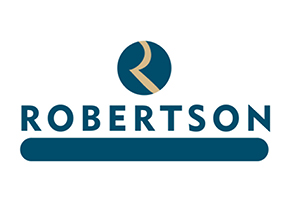The zero-carbon challenge
In This Series

Robin Lancashire, head of TRADA Technology's Building Performance Section, discusses how timber frame is responding to demanding thermal regulations.
As thermal performance requirements get ever tighter the construction industry is grappling with new SAP calculations, psi values and novel construction products, to achieve reduced CO2 emission requirements. The need to construct buildings with zero-carbon emissions is now only a few years away, but innovation in construction historically moves at a snail's pace. Timber frame construction already has many of the answers needed to meet the bold zero-carbon goal, which is why it continues to improve its market share as building regulations tighten.
Article from the TRADA Timber Industry Yearbook 2011
Suggested Reading
Timber frame: low energy, high performance
Author Geoffrey Pitts and advisory editor TRADA Technology's Robin Lancashire introduce TRADA's new book about best practices in site planning and building design to achieve energy efficiency.
Energy efficiency in buildings comes at a cost. Energy is another word for fuel - most commonly electricity, gas, oil or solid...
01/01/2011 | Magazine Article
Improving thermal performance of existing timber frame buildings
As fuel prices rise, fossil fuel supplies become more unpredictable and we strive to reduce our CO2 emissions, every Watt saved now counts.
This Wood Information Sheet (WIS) outlines the options for improving the thermal performance of existing timber frame buildings and summarises the important issues that specifiers...
06/04/2015 | Wood Information Sheet
Living in a modern timber frame home
This publication will help timber frame companies and insurance organisations encourage homeowners to look after their homes by understanding better how they are built. This document covers a number of key topics including how to check if the house is timber frame, how the house was built and also some...
01/01/2011 | Info from other organisation

















